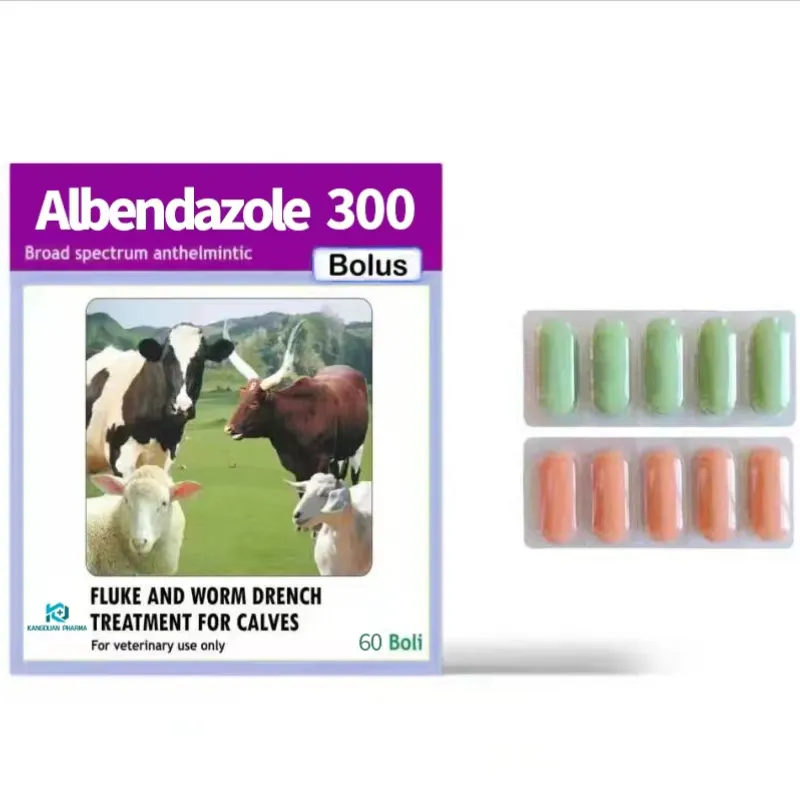- Afrikaans
- Albanian
- Amharic
- Arabic
- Armenian
- Azerbaijani
- Basque
- Belarusian
- Bengali
- Bosnian
- Bulgarian
- Catalan
- Cebuano
- Corsican
- Croatian
- Czech
- Danish
- Dutch
- English
- Esperanto
- Estonian
- Finnish
- French
- Frisian
- Galician
- Georgian
- German
- Greek
- Gujarati
- Haitian Creole
- hausa
- hawaiian
- Hebrew
- Hindi
- Miao
- Hungarian
- Icelandic
- igbo
- Indonesian
- irish
- Italian
- Japanese
- Javanese
- Kannada
- kazakh
- Khmer
- Rwandese
- Korean
- Kurdish
- Kyrgyz
- Lao
- Latin
- Latvian
- Lithuanian
- Luxembourgish
- Macedonian
- Malgashi
- Malay
- Malayalam
- Maltese
- Maori
- Marathi
- Mongolian
- Myanmar
- Nepali
- Norwegian
- Norwegian
- Occitan
- Pashto
- Persian
- Polish
- Portuguese
- Punjabi
- Romanian
- Russian
- Samoan
- Scottish Gaelic
- Serbian
- Sesotho
- Shona
- Sindhi
- Sinhala
- Slovak
- Slovenian
- Somali
- Spanish
- Sundanese
- Swahili
- Swedish
- Tagalog
- Tajik
- Tamil
- Tatar
- Telugu
- Thai
- Turkish
- Turkmen
- Ukrainian
- Urdu
- Uighur
- Uzbek
- Vietnamese
- Welsh
- Bantu
- Yiddish
- Yoruba
- Zulu
10 月 . 22, 2024 14:29 Back to list
ivomec 1 injection for cattle and swine
Ivermectin Injection 1% for Cattle and Swine A Comprehensive Overview
Ivermectin is a well-established antiparasitic agent widely used in veterinary medicine, particularly for cattle and swine. The formulation for injectable use, specifically 1% Ivermectin injection, has gained popularity due to its effectiveness, ease of administration, and safety profile. This article aims to provide an overview of Ivermectin injection's applications, benefits, and considerations.
Mechanism of Action
Ivermectin works by binding to specific ion channels in the nerve and muscle cells of parasites. It enhances the permeability of the cell membranes to chloride ions, leading to paralysis and death of the parasites. This mechanism is effective against a broad range of internal and external parasites, including roundworms, lungworms, lice, and mites, making it a versatile choice for livestock health management.
Indications for Use
1% Ivermectin injection is primarily indicated for the treatment and control of various parasitic infections in cattle and swine. In cattle, it is effective against species such as Cooperia, Ostertagia, and Haemonchus, among others. In swine, it targets parasites like Ascaris suum and Strongyloides ransomi, as well as external parasites such as mange mites. The use of Ivermectin injection is crucial for maintaining the overall health of livestock, ensuring they remain productive and free from the debilitating effects of parasitic infections.
Dosing Guidelines
The standard dosage of 1% Ivermectin injection varies depending on the species and weight of the animal. For cattle, the typical dose is 1 mL per 50 kg of body weight, administered subcutaneously. For swine, the recommended dose is similar, generally around 1 mL per 33 kg. It's important to note that accurate dosing is essential to maximize efficacy and minimize the risk of resistance development among parasites.
Benefits of Ivermectin Injection
ivomec 1 injection for cattle and swine

The use of 1% Ivermectin injection offers several advantages
1. Broad Spectrum Activity Its effectiveness against multiple types of parasites makes it a go-to option for farmers seeking to protect their livestock from a range of parasitic threats.
2. Ease of Administration The injectable form allows for quick and efficient treatment, particularly in larger herds where oral administration may be impractical.
3. Rapid Action Ivermectin acts quickly to alleviate parasitic burdens, resulting in improved animal health and productivity in a short time frame.
4. Safety Profile Ivermectin has a strong safety record when used according to the recommended guidelines, making it suitable for use in food-producing animals.
Considerations and Safety
While 1% Ivermectin injection is an effective tool in livestock management, several precautions should be considered. It is crucial to adhere to the recommended withdrawal times before slaughter to ensure food safety, as residues may remain in the meat or milk. Additionally, farmers are encouraged to implement integrated parasite management strategies to prevent the development of drug resistance, which can occur with the overuse or misuse of antiparasitic medications.
Conclusion
1% Ivermectin injection has become an integral component of livestock health management for cattle and swine. Its broad-spectrum efficacy, ease of use, and safety make it a preferred choice for veterinarians and farmers alike. By implementing responsible usage practices and maintaining awareness of potential resistance issues, producers can ensure the continued effectiveness of Ivermectin in safeguarding the health of their animals and optimizing productivity.
-
The Power of Radix Isatidis Extract for Your Health and Wellness
NewsOct.29,2024
-
Neomycin Sulfate Soluble Powder: A Versatile Solution for Pet Health
NewsOct.29,2024
-
Lincomycin Hydrochloride Soluble Powder – The Essential Solution
NewsOct.29,2024
-
Garamycin Gentamicin Sulfate for Effective Infection Control
NewsOct.29,2024
-
Doxycycline Hyclate Soluble Powder: Your Antibiotic Needs
NewsOct.29,2024
-
Tilmicosin Premix: The Ultimate Solution for Poultry Health
NewsOct.29,2024













